
The birds
In spring, many birds return and many of us enjoy hearing their song again at daybreak. Discover a selection of those that you can observe in your garden in spring.
Sparrow
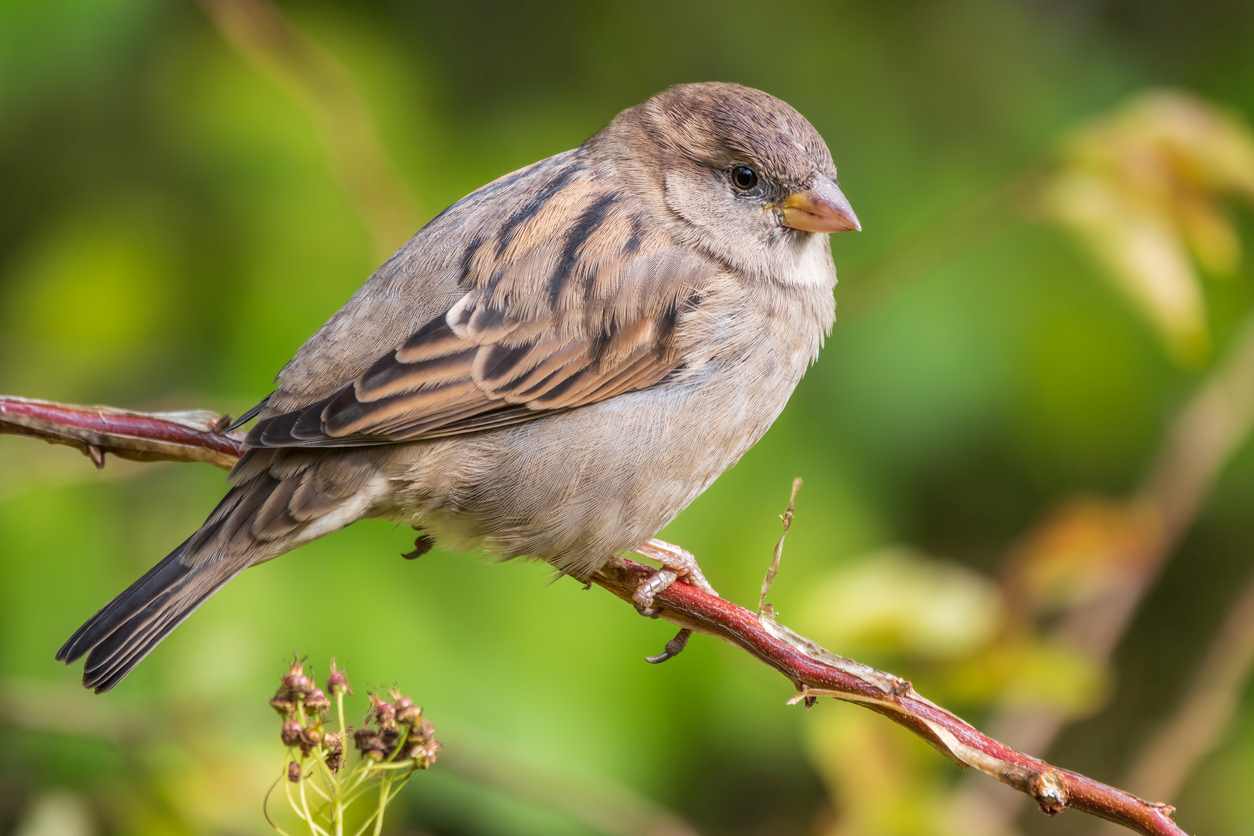

From the Passeridae family, this common species of small passerines is widely distributed in France. This little stocky bird, which measures between 12 and 15 cm longis characterized by grayish-brown plumage with white patterns on the wings and tail.
Tit


The term “tit” designates a group of birds of the Paridae family which includes around sixty species, 7 of which can be observed in France, including:
- the great tit whose distinctive signs are the yellow belly, black tie, white cheeks, green back, black beak, etc. ;
- the crested titmouse recognizable by its white crest spotted with black;
- the black tit which sports a beautiful bluish gray color on its back, two white bands on its gray wings and a white belly;
- the blue tit which is characterized by a beautiful intense blue on the head, wings and back.
Depending on their species, titmice vary in size from 9 to 20 cm long. They feed on seeds, berries and insects, and are valued for their cheerful melody.
Gray Wagtail
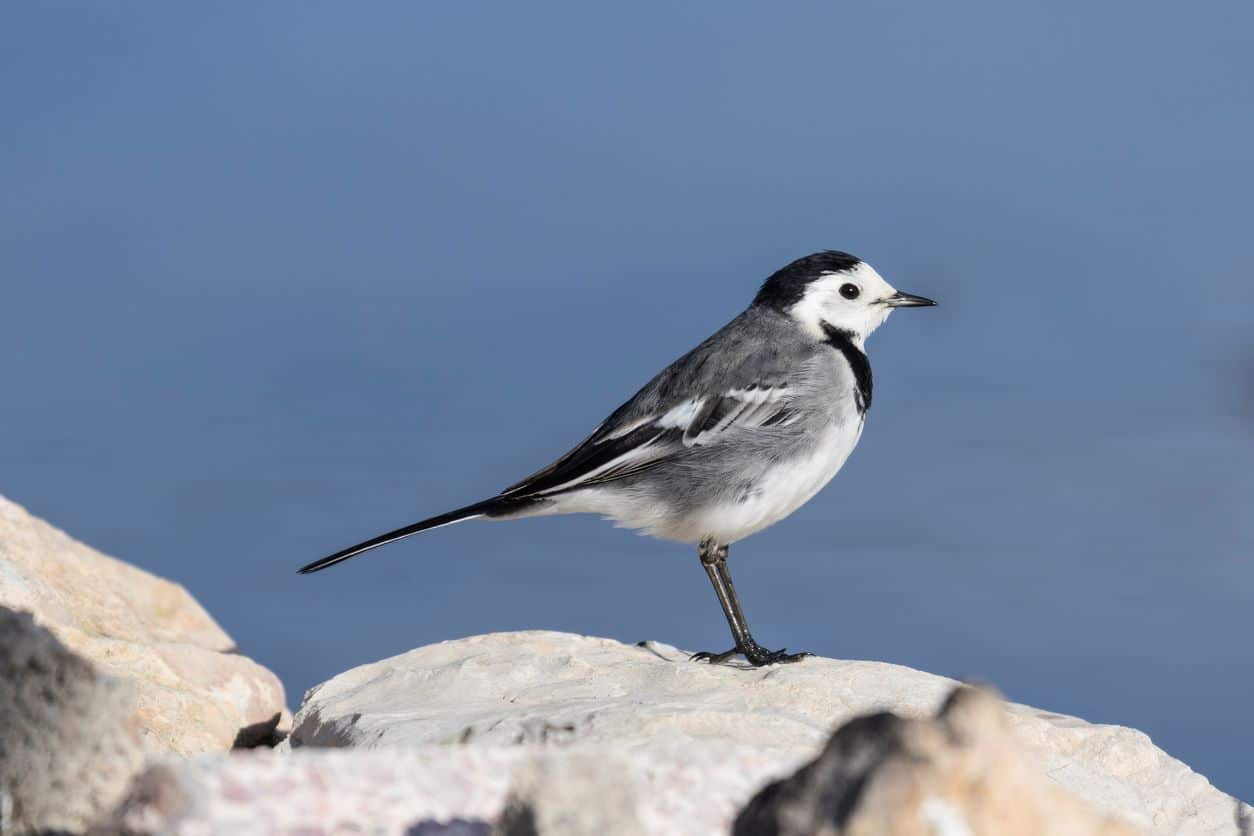

Also called gray rattle, this bird is part of the passerine family. It is a migratory bird that we see again in the spring. The gray wagtail is easily recognizable by its slender silhouette, its black and white plumage with gray highlights, as well as its long white-edged tail. It is an insectivore that thrives in urban wastelands, the edges of ponds and open spaces. It is well known to gardeners, since it likes to come and look for its food in freshly worked soil.
Swallow


Emblematic of spring, the swallow is characterized by blue-black plumage on the back, white on the belly and a forked tail which gives it a very elegant appearance. As the number of swallows is unfortunately in decline, it is now an endangered species. Two of the reasons for this gradual disappearance are intensive agriculture which makes its prey disappear and the man which regularly destroys their habitat, because they generally nest along facades.
Animals
Many animals stay warm at home during the winter. With the mild weather, they go back in search of food to restore their health. Here are a few :
Wild rabbit


It is not the visitor that gardeners appreciate seeing arriving in their garden, because the wild rabbit can cause significant damage, especially since it generally does not travel alone, but in groups of 5 or 10. He prefers to go out at nightbut you can observe it at dusk or during the day if it is not disturbed by human activity.
Fox


In spring, it is not uncommon to come face to face with a red fox. What characterizes him are his pointed ears, his red coat with black on the ears and white on the belly. It can sometimes be observed at daybreak. Watch out for your chickens! If you have them, be sure to shelter them in the evening to protect them from this predator.
Hedgehog
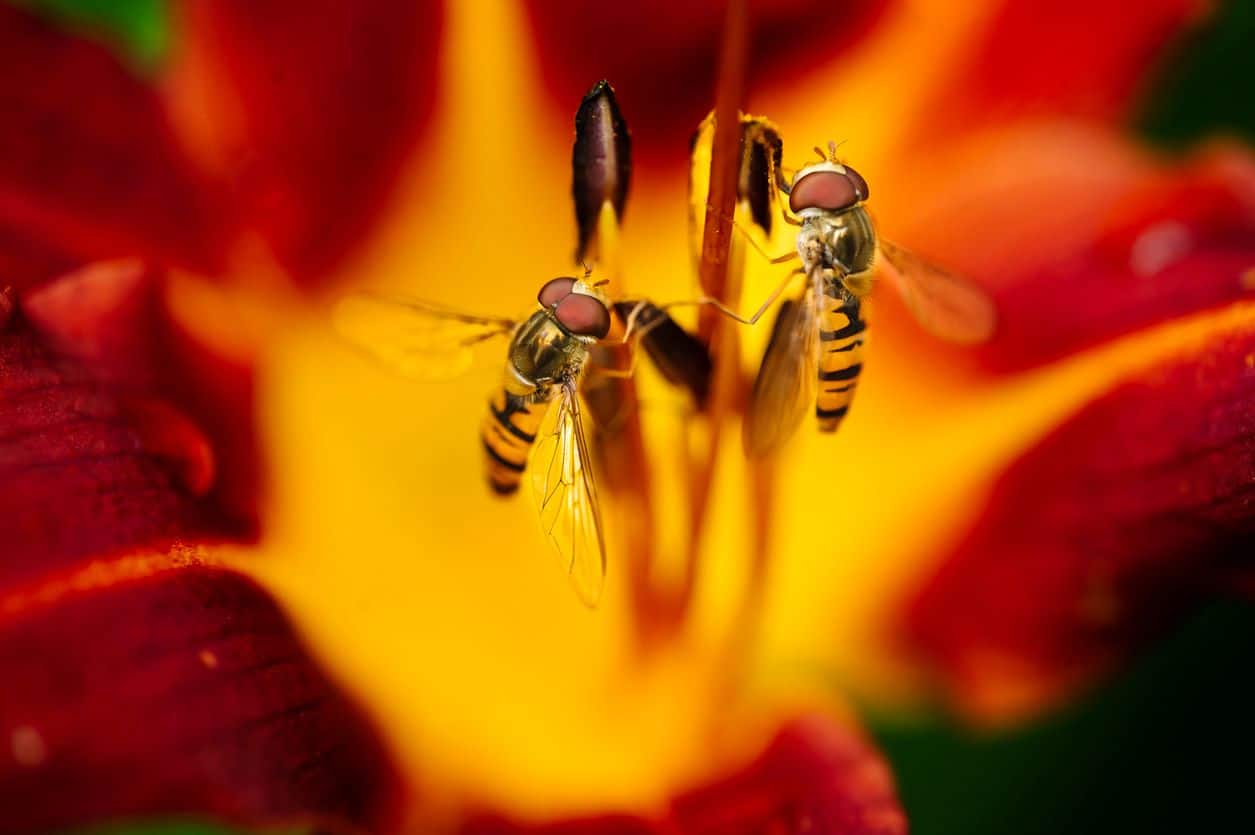

Hedgehogs typically hibernate from October to April. In spring, they can therefore invite themselves into your garden to find worms, slugs and insects. This shy and active little animal, especially at night, is a true ally of your garden. Welcome him properly!
Asp Viper
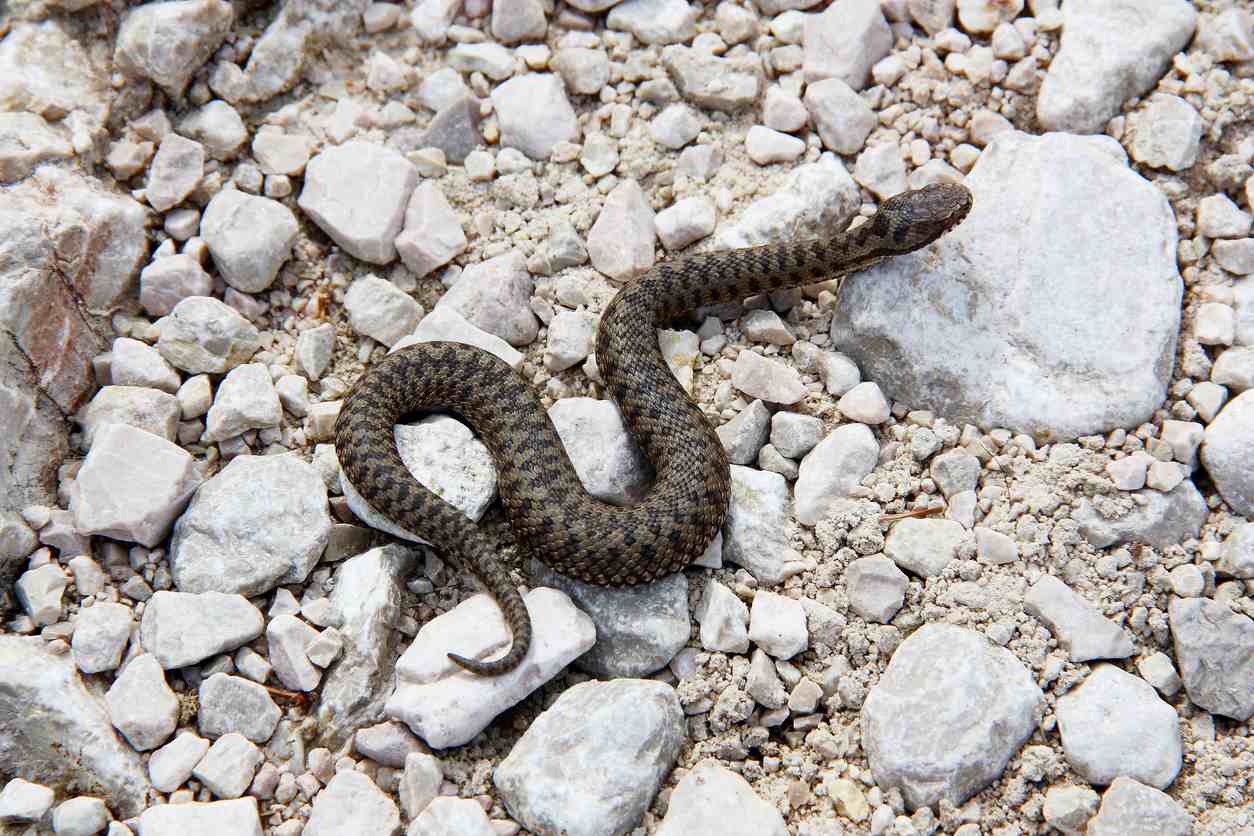

Yes, vigilance will once again be required, especially in tall grass and near dry stone walls into which asp vipers can slip. Of course, they are timid and prefer to flee when you approach, but a bite is still possible. Asp vipers are recognizable by their flat, triangular heads and vertical pupils.
At the end of winter, they invade the gardens again, because they must feed on small rodents quickly so as not to lose too much energy. Remember that this is a protected species.
Marten
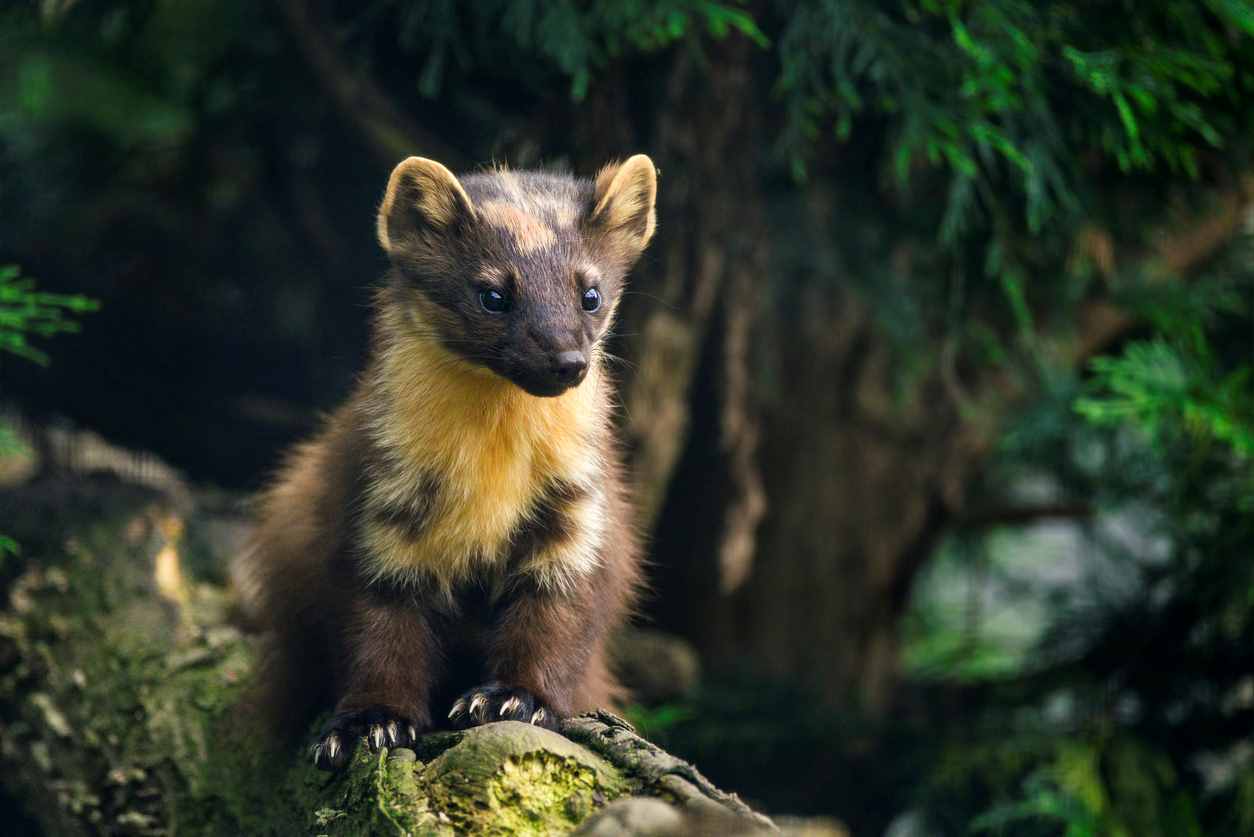

The marten is a solitary animal that rarely comes close to homes. You’ll see her instead in the forest, at nightfall, in its natural habitat. The distinctive signs that differentiate it from the marten are its large rounded ears edged in yellow, its brown coat with an orange-yellow mark on the thorax. It is a carnivorous animal that can also eat insects and some fruits.
Squirrel


After having wintered throughout the bad season in cavities created in tree trunks and having fed on its provisions, this friendly little animal finally comes out of its hole, and you can see it frolicking in your garden or coming to eat in your bird feeders, for example.
The insects
Among insects too, some return at the beginning of spring.
Hoverfly


This little insect is a real asset for gardeners, because it feeds on aphids as long as it is in the larval state. Once adult, it feeds on nectar and pollen, which makes it a very good pollinator. Also sporting yellow and black stripes, the hoverfly is often mistaken for a bee or wasp. However, it is part of the fly family, it is a Diptera.
Butterfly
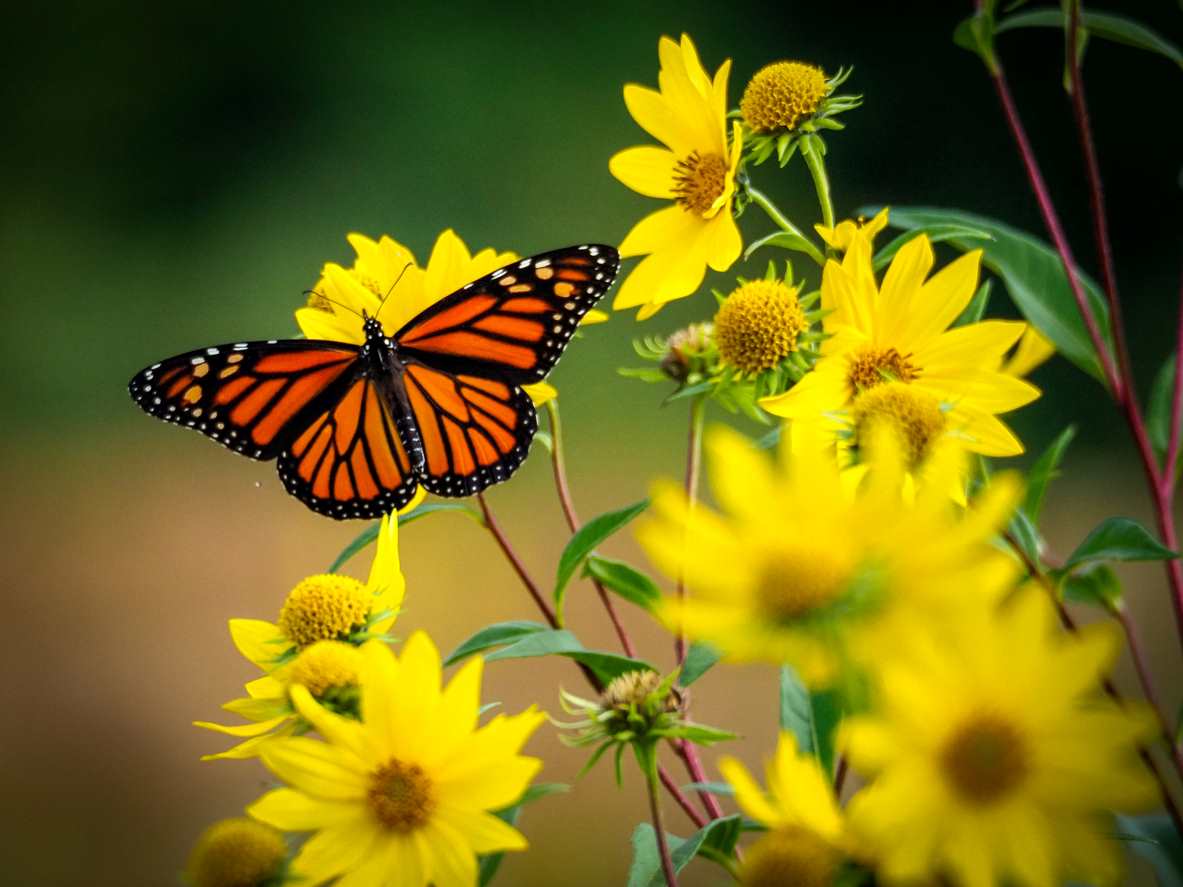

Butterflies are also making a comeback. From the big Lepidoptera family, there are nearly 5,000 species in France. Butterflies are characterized by three pairs of legs and two pairs of wings covered with scales which allow them to regulate their temperature, camouflage themselves, attract mates and scare away predators. It is these wings which, with their varied colors and patterns, arouse our wonder.
Ladybug
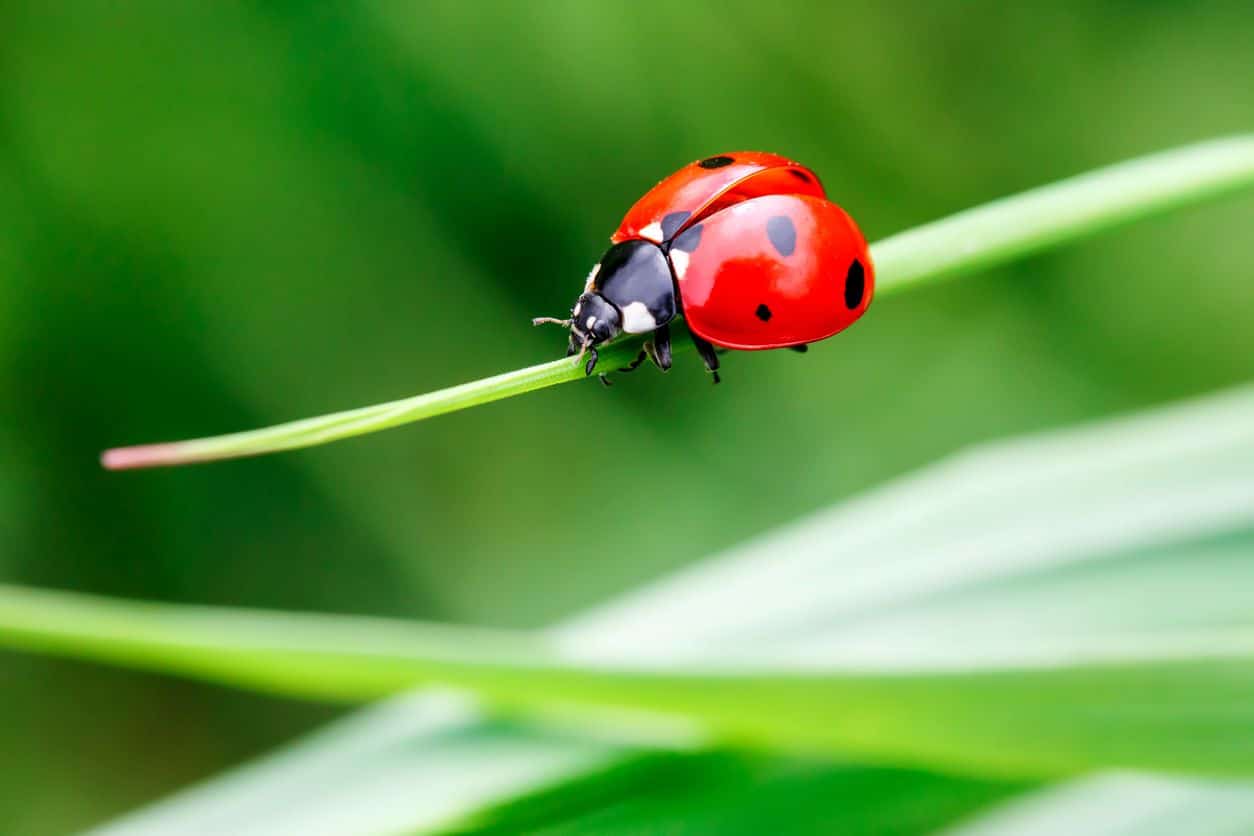

This true ally of the gardener is making a comeback in gardens where the mower has not been used too often. The ladybug seduces young and old with its red habit with black polka dots and its rounded shape. Be careful to preserve them well!

